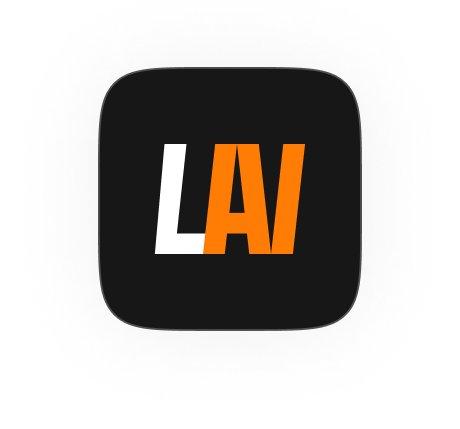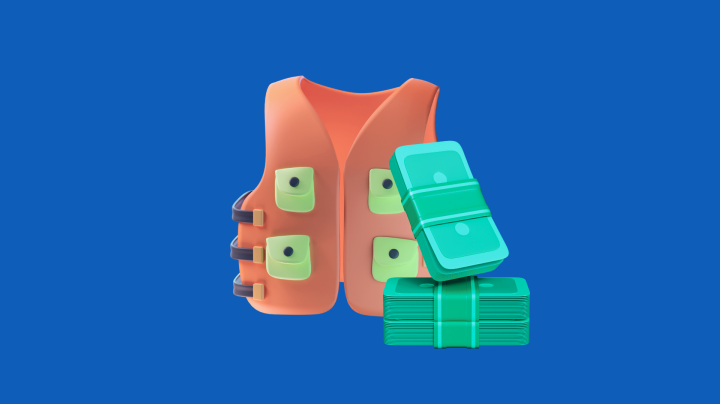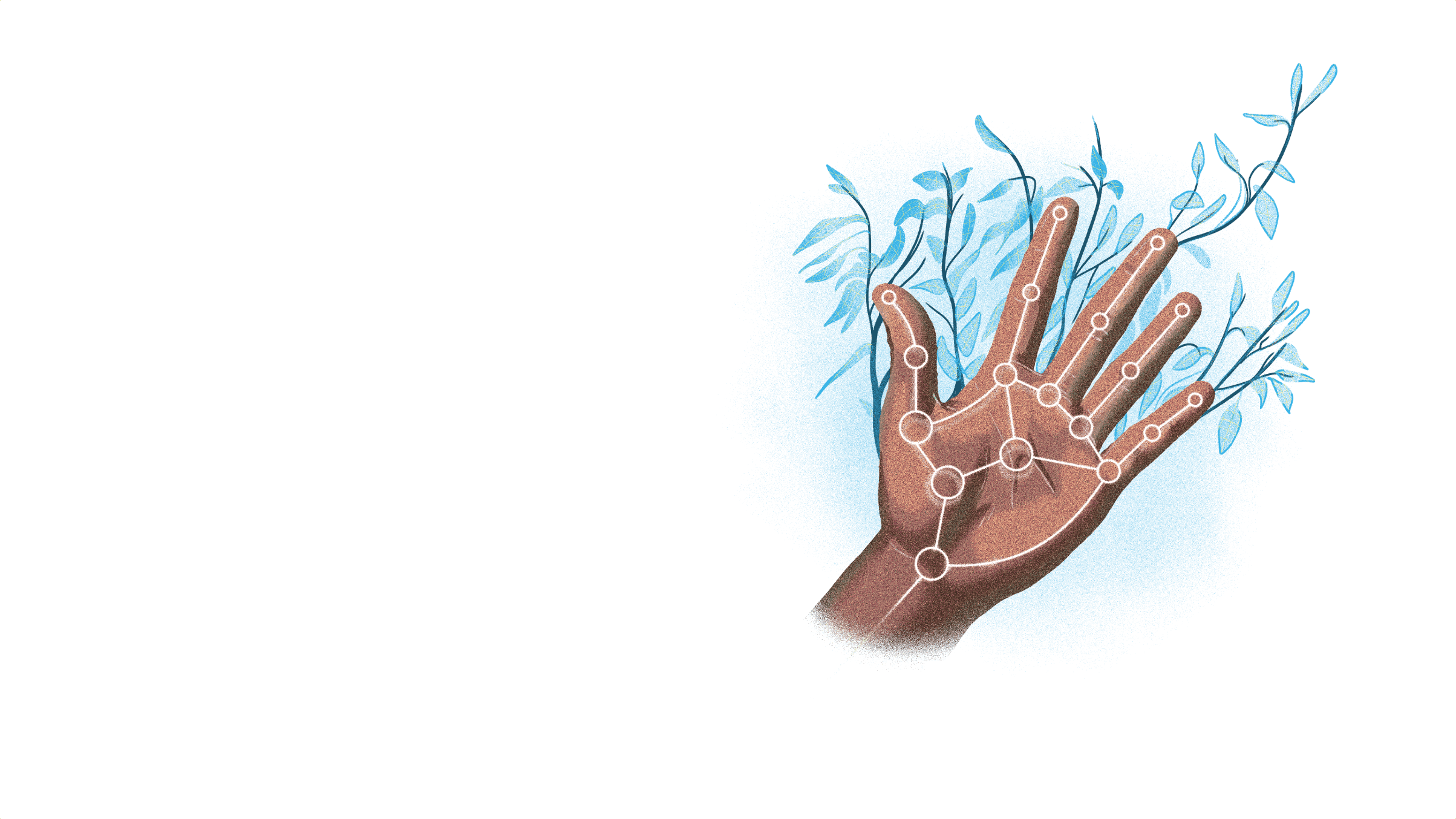3 Key Metrics QA Managers Should Track to Improve CSAT Scores


The primary goal of every Quality Analyst is to improve the quality of customer service and to ensure the delivery of a consistent customer experience from the entire team. This requires tracking agent performance at frequent intervals, providing personalized feedback and coaching, and monitoring their progress over time.
In order to achieve this, every Quality Analyst relies on one key metric – the CSAT score.n
What is a CSAT Score?
A customer satisfaction score (CSAT) is a customer satisfaction metric. Customers are usually sent a short survey after the support conversation and their response to the survey helps the team understand the quality of service. A team’s CSAT score is calculated as the percentage of positive survey scores out of the total number of CSAT scores received during a time period.
A CSAT score is the ultimate metric when it comes to quality of support or measure of customer experience for a brand. Despite not having any control over what the customer chooses in a survey, a support team can do a lot of things to influence a customer to provide a positive CSAT score. This involves faster response times, providing a proper solution to a customer’s problem, escalating the issue to the right person at the right time, or following up at the promised time with the right course of action.

3 Metrics to Measure Your CSAT Score
To ensure an improved support quality, QAs often track several contact center metrics and correlate them to the CSAT score. In this blog post, we’ll take a look at three key contact center metrics that indirectly make up the CSAT score:
1. Average First Response Time
Average First Response Time or First Reply Time refers to the total amount of time that has passed before the agent sends out their first response to the customer. This indirectly refers to how quickly the customers are getting the support they need, which is why the average first response time is an indicator of customer satisfaction (CSATs) in large contact center teams. In most cases, the lower the average first response time, the higher the CSATs.
The value for Average First Response Time varies for different support channels. According to industry benchmarks, the expected response time for email is within 24 hours. For social, it is 60 minutes or less and for phone, the accepted response time is three minutes.
Even though the first response time acts as an indicator for CSAT, it only makes up a part of the customer satisfaction score since it doesn’t represent the quality of support provided by the agent. One can’t quantify whether the issue raised by the customer was solved to their satisfaction.n
2. Average Handling Time
Average Handle Time (AHT) is the average amount of time spent by a support agent on support conversations (AHT includes hold times as well). Let’s take an example where a support agent handles three calls in a day with the following durations: 15 minutes, 23 minutes, and 45 minutes. The AHT will be the average of all three call durations. In this case, the AHT of the agent would be 27.67 minutes.
AHT is a commonly used metric in contact centers to determine the average length of a support conversation. Most contact centers have an optimal AHT (from past observations) as they believe sticking to it will help their agents handle more calls per shift.
AHT is an indication of agent efficiency and is often considered a key metric in evaluating agents’ performance. But, QAs should make sure that the agent doesn’t cut corners or take shortcuts during the conversation in order to shorten the AHT.
Contact center software has specially designed tools to flag such behavior. Platforms like Level AI allow you to flag inappropriate agent behavior by creating relevant scenarios. For example, you can create scenarios and conversation tags to mark agent introduction, disclosure message, customer identity verification, customer intent, customer sentiment, etc., and get the necessary insights based on the tags created. If the agent had skipped one or more scenarios to shorten their AHT, it would be visible from the number of tags generated from the conversation.

n
3. Dead-Air Ratio
The dead-air ratio is the duration where the agent is silent during a support conversation. This is negligible if it is a few seconds spanning across the conversation, but is often considered a red flag if the dead-air ratio makes up for a minute or more.
Contact center leaders hate dead air. Agents are trained to fill silences that occur throughout the call or ask to place the conversation on hold (after getting the consent of the customer) when they need more time to look into something. Failing to do so tends to result in poor CSAT scores.
If you’re a QA, you can use Level AI’s metric tags to automatically tag moments of dead air in a conversation. The best part is you can choose the threshold for the dead-air ratio (in secs or min) and if the dead-air ratio crosses the threshold, Level AI will add a tag to the conversation.
Bringing Customer Satisfaction All Together
Even though all these metrics make sense on their own, contact center leaders and QA managers often use them together in order to get a holistic view of their team’s performance and efficiency.
If you’re a QA or contact center manager, you can use Level AI’s Custom Dashboard to create and view custom data for any time period. You can filter and group metrics based on various parameters such as agents, support channel, category, and so much more. Book a demo today.
This will help your team understand the company-wide trend in terms of quality and performance and would also help them identify the outliers and customize training and feedback for individual agents.
The findings from these reports will help your QAs to course-correct agent behavior and will eventually help them achieve better CSAT scores.
Keep reading
View all





